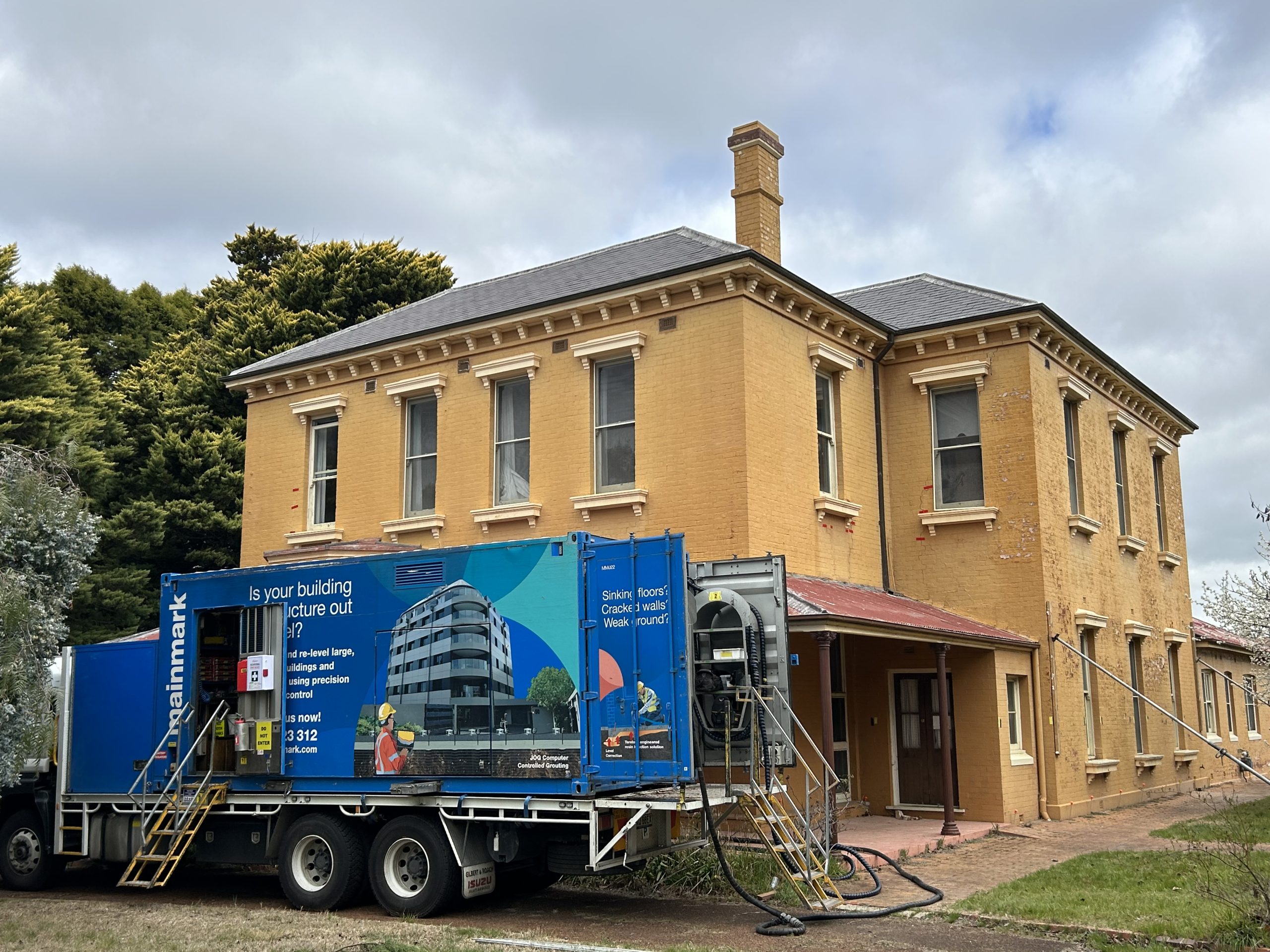As Australia’s suburbs and cities grow, it’s critical for local governments to prioritise the preservation of heritage listed buildings, to not only provide an opportunity for a community to ponder its history, but because these buildings play a significant role in society and offer many social, economic and sustainability benefits to locals.
It’s crucial for members of local government to carefully consider how much is invested in the preservation of heritage listed buildings, because ensuring they are safe and structurally sound is an investment in communities.
Many heritage buildings serve as community attractions or interesting landmarks and can contribute to economic growth by generating greater neighbourhood foot traffic through sight-seeing and tourism.
Visually appealing or historically significant heritage structures also help to attract external investment, which can lead to increased land values and healthy property markets.
These buildings can also play a role in templating a historically inspired precinct development that provides neighbourhoods with a unique aesthetic that engages with visitors.
Making the most out of heritage buildings
Heritage buildings with high-grade structural integrity can also be reused for different purposes as communities evolve.
Typically constructed with brick, concrete, steel and stone, original foundations are often sturdy, reliable and reduce the need for demolition and resource consumption as a result of development.
This reduces potential construction waste generation and limits the impact on business and surrounding natural areas that may be impacted by building works.

These societal benefits make it important for councils to maintain heritage buildings, but the task can often be challenging.
Over time these structures may degrade or begin succumbing to decades of ground movement or water ingress, making them fragile and prone to voids around the foundations. This can lead to damage including sinking floors, cracked walls, jammed doors and windows and other visible signs of subsidence.
Innovative low impact solutions
Ground engineering specialist, Mainmark, has significant experience in helping to arrest damage to heritage-listed buildings.
These include a former grain storage facility in Sydney with weakened soil around its foundations, compromising the surrounding footpaths and environment; as well as an 1800s school turned café that had experienced wall cracks and building rotation as a result of differential settlement.
In these two cases, and many others that involve heritage sites, the key to structural preservation is low impact solutions that remediate the problem without compromising the building’s structural integrity.
Mainmark’s engineered, proprietary solutions can raise and re-support structures, fill large holes and deliver ground stabilisation, with minimal impact to the site and minimal intrusion and interruption to occupants and visitors.
Mainmark’s non-invasive Teretek® polyurethane resin solution rapidly expands and cures in the ground, both compacting and strengthening the soil while limiting soil reaction to seasonal moisture changes.
Applied in a process similar to keyhole surgery, Mainmark has been able to utilise Teretek® for a number of heritage structures, successfully remediating the issue and minimising disruption in the area – providing long-term structural stability.
Fortunately, the responsibility of preserving important heritage structures is no longer a process requiring significant financial investment, weeks of site access restrictions or invasive excavation works that risk causing further damage.
Councils can benefit from the modern engineered solutions available to ensure historical buildings can play an active role in the future of Australian communities.































